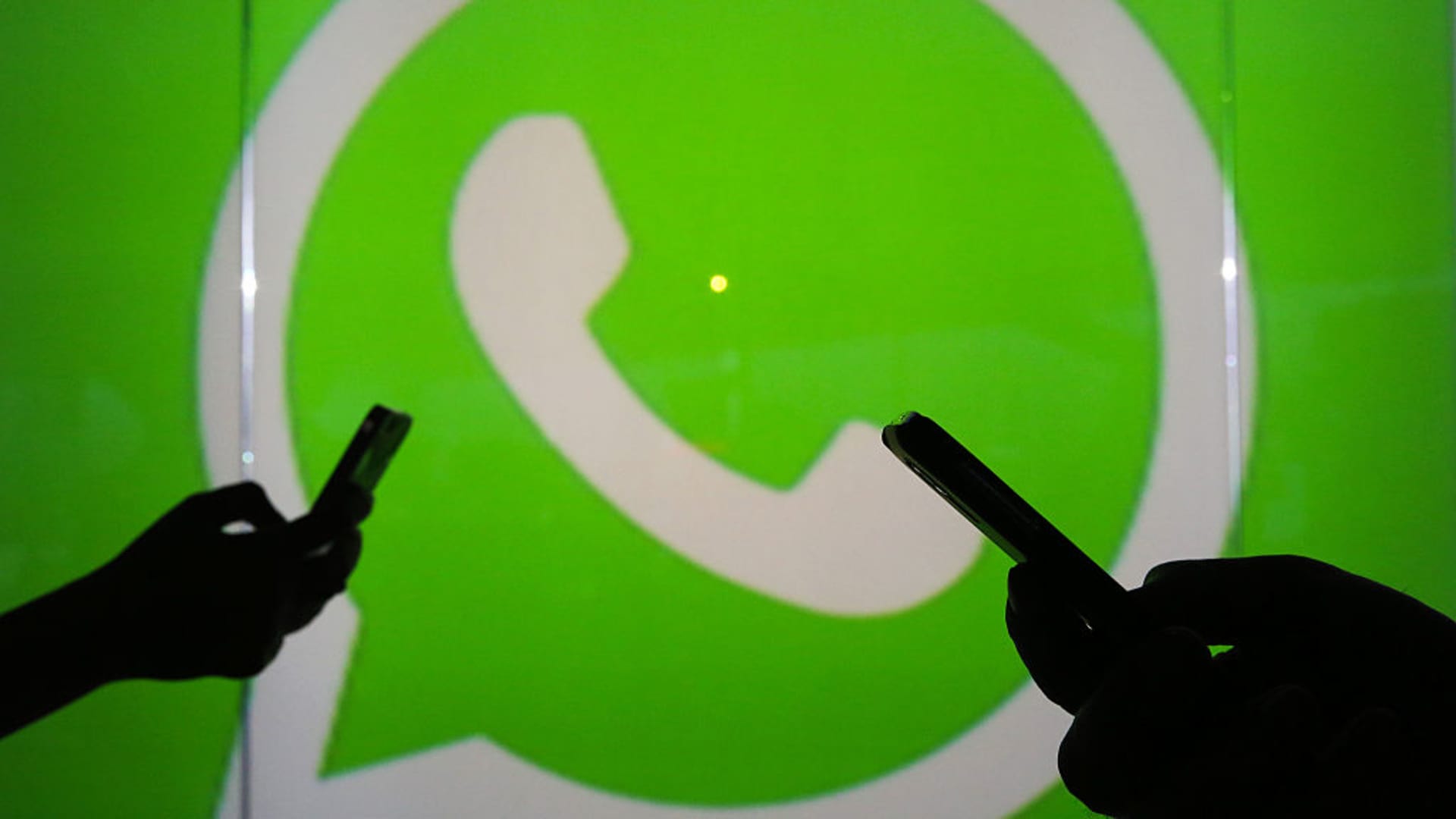Technology
Wednesday, November 29th, 2023 3:25 pm EDT
Key Points
- Controversial Google Maps Color Scheme Update: Google Maps’ recent color scheme update, featuring gray roads, teal bodies of water, and mint-colored parks, has become a subject of intense online debate. Users, including former Google Maps designer Elizabeth Laraki, expressed dissatisfaction with the new colors, describing them as “colder, less accurate, and less human.”
- User Frustration and Online Criticism: The change in color elicited negative reactions from users on platforms like X (formerly Twitter) and Reddit. Complaints ranged from the perceived coldness of the colors to concerns about insufficient contrast. Laraki criticized the update not only for the color choices but also for not addressing other elements on the map, suggesting that significant changes were made to map tiles while leaving other visual clutter unchanged.
- Google’s Response and Design Rationale: Google defended the color scheme update, stating that it was based on extensive research and user feedback with the goal of making the map easier to use and understand. A Google spokesperson explained that the roads’ darker color was intended to resemble actual roads more closely and provide a better canvas for details such as lanes. However, critics, including Laraki, expressed dissatisfaction with the lack of a clear public statement explaining the reasons behind the dramatic changes. The episode underscores the challenges companies face when updating widely-used platforms and the importance of effective communication in managing user expectations.
The recent update to the Google Maps color scheme has stirred a significant online debate, with users expressing mixed opinions about the changes. The alterations, including gray roads instead of yellow, teal bodies of water instead of a deeper blue, and mint-colored parks instead of green, have triggered a wave of dissatisfaction among users. Former Google Maps designer Elizabeth Laraki took to social media to criticize the new colors, describing them as “colder, less accurate, and less human.” Laraki also pointed out the lack of clarity in the user interface, suggesting that while significant changes were made to the map tiles, other elements on top of the map remained unchanged.
The dissatisfaction was not confined to Laraki, as numerous users on platforms like X (formerly Twitter) and Reddit voiced their frustrations. Some shared Laraki’s view that the colors felt cold, while others expressed concerns about insufficient contrast between the new colors. Laraki even noted a resemblance between the new Google Maps coloring and that of Apple Maps, adding to the discontent among users.
Despite the backlash, a Google spokesperson defended the changes, stating that the updates were designed based on extensive research and user feedback. The spokesperson explained that the darker roads aimed to resemble actual roads more closely, providing a better canvas for details such as lanes. However, Laraki criticized the company for making such a significant change without issuing a clear public statement explaining the reasons behind the new color scheme.
The online debate over the Google Maps color update highlights the challenges companies face when implementing visual changes to widely used and familiar platforms, where user preferences and habits play a crucial role in shaping the overall experience. While some defended the update, the overwhelming response from users indicated a general dissatisfaction with the changes, emphasizing the importance of effective communication and user engagement in such updates.
For the full original article on CNBC, please click here: https://www.cnbc.com/2023/11/29/google-maps-new-colors-upset-some-including-former-designer.html




